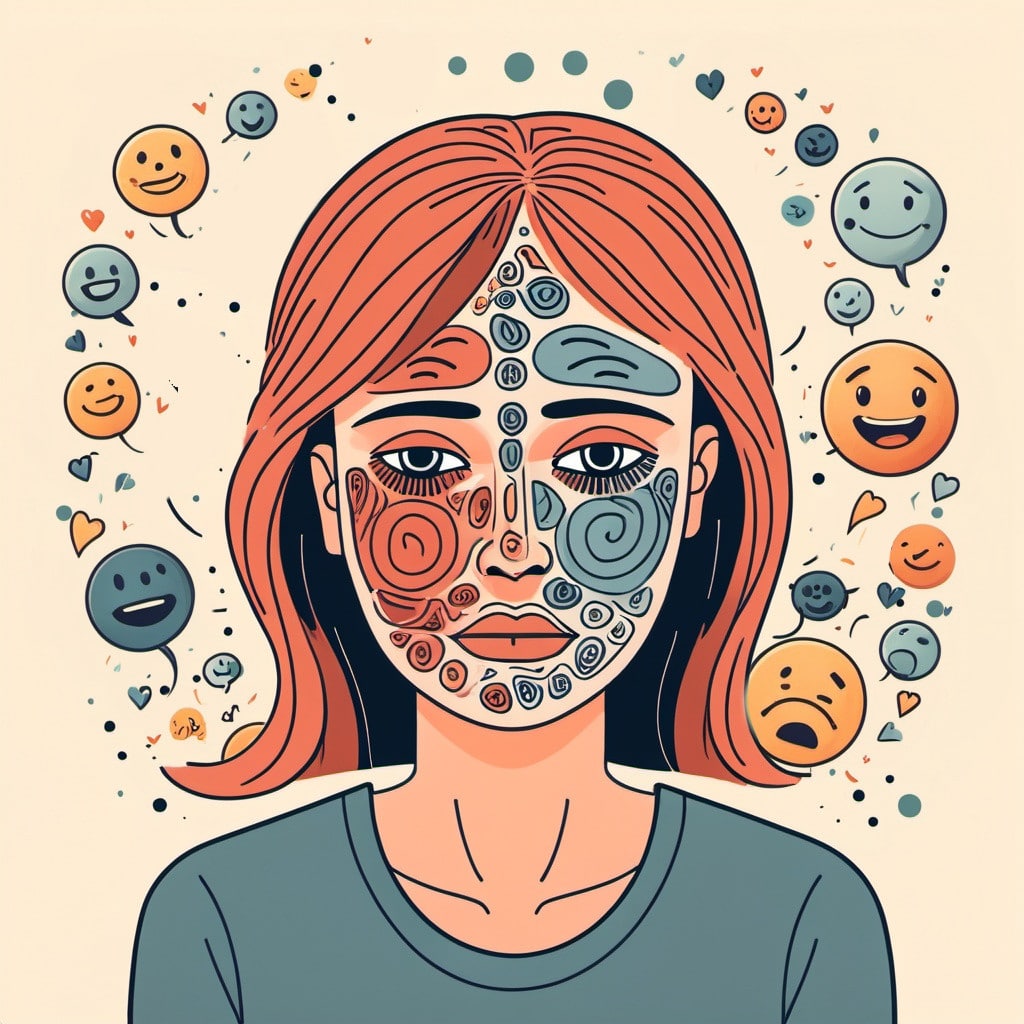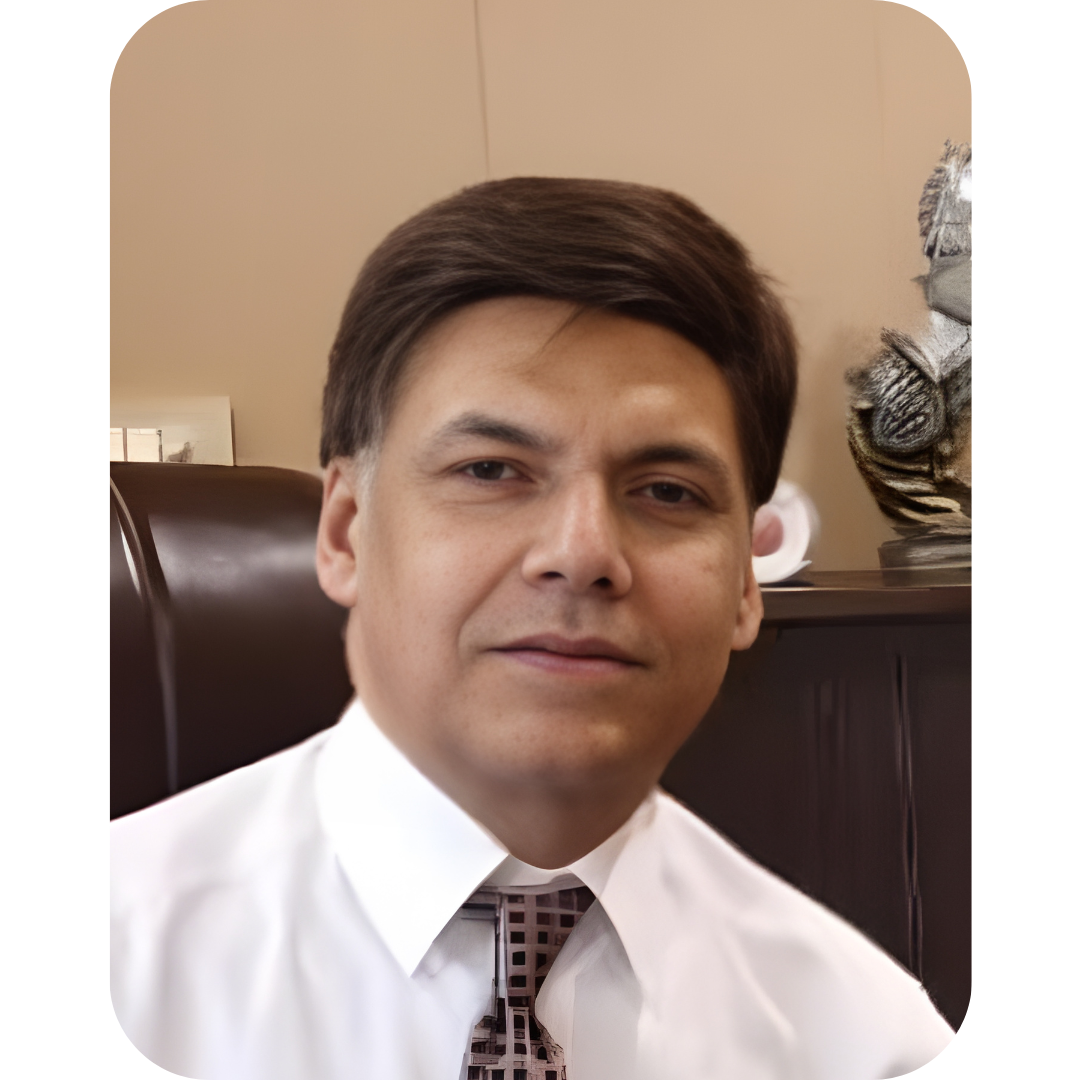Does Our Body Speak ?

One of our great teacher in medical college once said " when a patient enters your room, you must be able to diagnose the patient before reaching your table; through his/her gait, complexion, facial expressions, skin colour, brightness of the eyes, voice, etc., and then nails. "
Have you ever walked into a room and sensed someone’s sadness — even though they hadn’t said a word? Or felt uncomfortable around a person whose smile didn’t match their eyes?
These are not just feelings. These are examples of how the human body speaks — quietly, constantly, and truthfully.
The body is not silent. In fact, it communicates every second — through gestures, posture, facial expressions, movements, tone, and even stillness. Often, it speaks louder than our words.
Yes, Our Body Speaks — Always
Our body has its own language — a language without words. And unlike spoken language, which can lie or pretend, the body rarely deceives. It reveals our true emotional state, thoughts, stress levels, confidence, fear, and even inner health.
This form of communication is called non-verbal communication or body language, and it makes up more than 70% of how we communicate.
How Does the Body Speak?
Here are the main ways our body "talks" to others — and to ourselves:
1. Facial Expressions
Your face is a moving canvas of emotions. A raised eyebrow, a tightened jaw, or a soft smile — all speak volumes.
• A furrowed forehead may reflect worry
• Pursed lips may hide anger
• Eyes filled with tears reveal pain even when we say, “I’m fine.”
The face rarely lies — it’s the first window into the truth inside.
2. Posture and Stance
The way you stand, walk, or sit reflects your energy, mood, and self-esteem.
• Upright posture = confidence, alertness
• Slouched shoulders = fatigue, sadness, or submission
• Crossed arms = defensiveness or discomfort
• Leaning forward = interest or engagement
The body slouches in sorrow, straightens in confidence, and freezes in fear.
3. Hand Gestures
Our hands express what our mouth can’t.
• Open palms = honesty or vulnerability
• Fidgeting = nervousness
• Pointing fingers = accusation or authority
• Clenched fists = anger or inner tension
4. Tone, Pitch, and Rhythm of Voice
Even when we speak, the way we speak reveals our internal state.
• A shaky voice may indicate anxiety
• A slow, low tone may suggest sadness or depression
• A rising pitch might expose stress or urgency
People may forget your words, but they remember how you said them.
5. Microexpressions and Involuntary Movements
Sometimes, truth leaks out in milliseconds — a twitch, a blink, a brief smirk. These microexpressions are hard to fake or suppress. They often betray suppressed emotions.
6. Physiological Signs
Our body talks to us, too.
• A racing heart in anxiety
• A lump in the throat when holding back tears
• Loss of appetite in stress
• Physical pain without injury — often emotional in origin
The body doesn't forget what the mind tries to hide.
Why Should We Learn the Body’s Language?
• To better understand others’ emotions — especially when they can’t say it themselves
• To become aware of what we’re silently projecting
• To detect lies, sincerity, pain, or interest in real-life situations
• To help in therapy, relationships, medicine, teaching, and leadership
• To reconnect with our own inner needs — emotional, physical, spiritual
A Doctor’s Note
As a physician, I’ve learned to “listen” to the body before the patient speaks.
• A restless leg may hint at suppressed anxiety
• An exaggerated smile may hide internal suffering
• Shaky hands may signal a silent trauma
Medicine is not just about diagnosing diseases — it’s about reading bodies, understanding pain, and treating people, not just symptoms
Yes — our body speaks.
Sometimes in pain. Sometimes in peace.
Sometimes through movement. Sometimes through stillness.
But always with honesty.
The art is not just to hear words — it is to see feelings, to read presence, and to understand silence.
Because the human body is not just a machine.
It’s a story, constantly being told.
Did you ever hear the voices of the bodies around you and tried to understand their silent language ?
Also read " Silent Organs ". ' Body Energy ", ' Spiritual Anatomy ".
Physician’s Advice Corner
Do you have questions about the topic ? Kindly share them in the comments below or email us at info@withinthebody.com or message us on WhatsApp at 0092 320 8708835.
If you like the article or our website, kindly share the link with your contacts.
Your health is your responsibility — but you don’t have to manage it alone. The right knowledge, at the right time, can save lives.
By Dr. Mohammed Tanweer Khan
A Proactive/Holistic Physician
Founder of WithinTheBody.com
